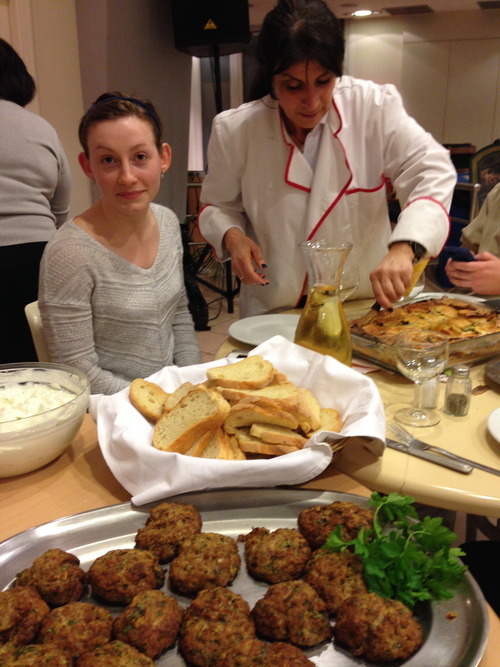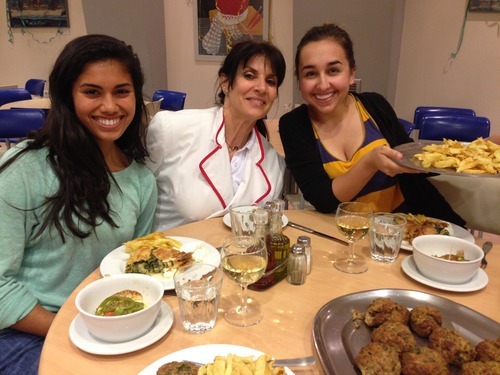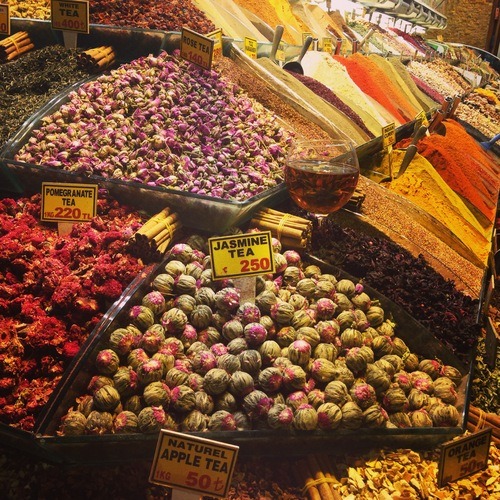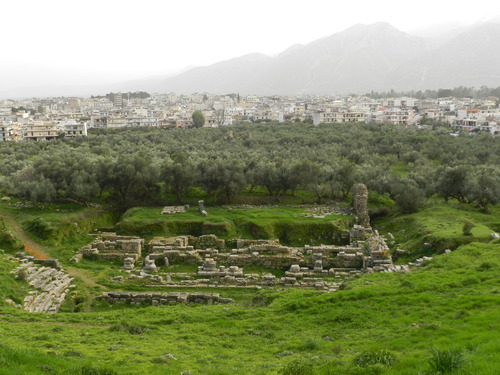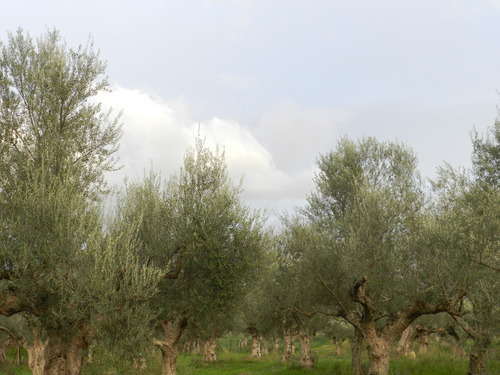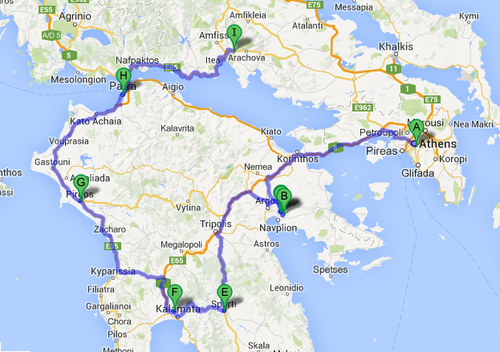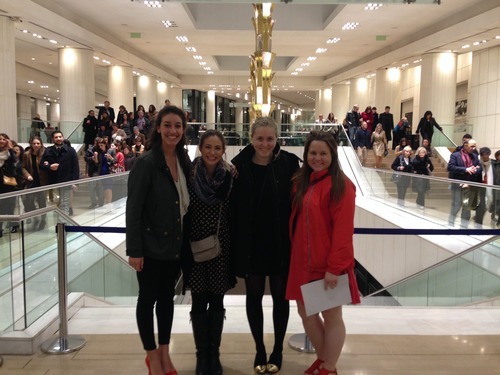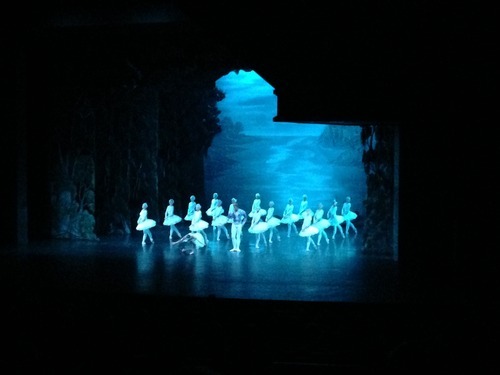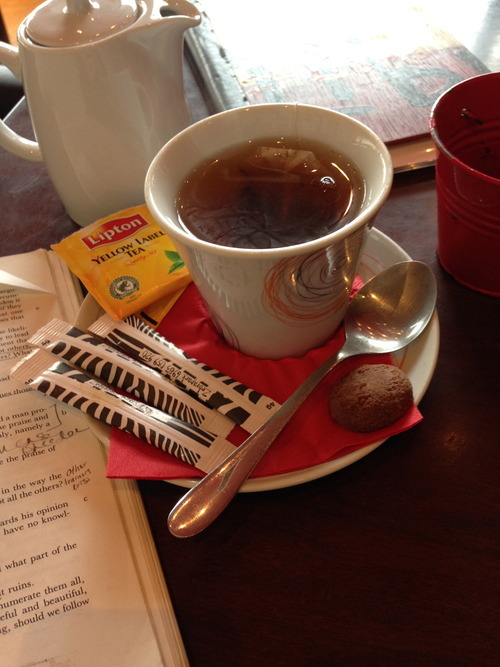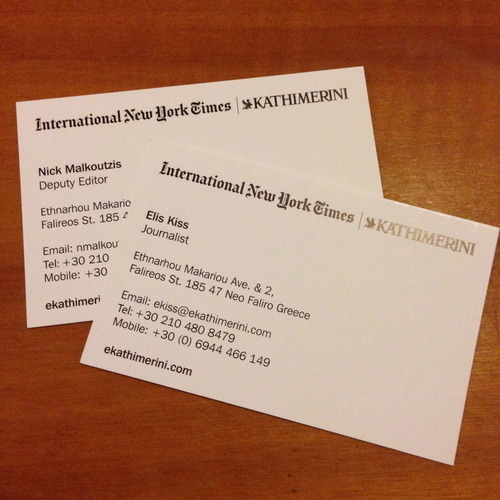
Last night I began my internship with the English edition of the Greek newspaper, Kathimerini! I wasn’t expecting to pick up something like this while abroad, but I found that I have a lot of free time so I thought it would be worthwhile to research extracurricular options. Nadia, the student affairs director, took my request to find some sort of economic volunteer job very seriously, pulling strings like one would for a child. After sending her my resume she set me up with Kathimerini because her friend is the editor! Basically, Kathimerini is one of the leading if not THE leading Greek newspaper, and there is an English edition that is published online as well as in the form of a paper insert that accompanies the International New York Times.
Last week I went in to meet them (at 8:00 because papers work late and I have class before then) to see how I could help. I’ll be going in on a handful of Tuesdays at 7:45 when I am done with class. Last night Nick, the deputy editor, gave me an “exercise” to start with. I read the European Commission’s winter forecast for 2013, 2014 and 2015 as well as a report specific to Greece, then synthesized the forecast for Greece in the context of the eurozone. I haven’t done much macroeconomic analysis, but I thought it was a manageable task! At the end of the night as I was walking with the others who were at the office until 11:15 to carpool back to Pangrati, one of the women told me to think about one or two stories I might like to write for them while I’m here! It seems like I may be published before I leave Greece!
